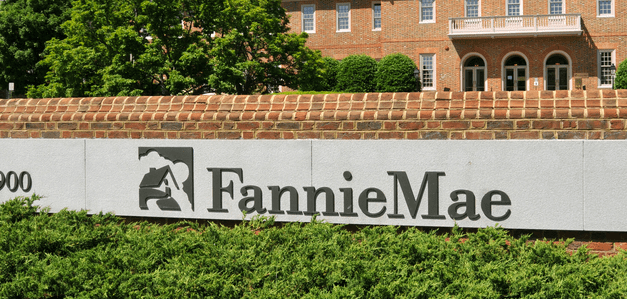In the first public speech as director of the Federal Housing Finance Agency, Mel Watt made it clear that the FHFA is considering a new infrastructure for the securitization functions of Fannie Mae and Freddie Mac.
During his May speech at the Brookings Institute, Watt said that adjusting the way Fannie and Freddie securitize mortgages was one the FHFA's key goals.
“The core of this effort is the Common Securitization Platform and I want to talk about two aspects of this today,” Watt said at the time. “First, after extensive discussion within FHFA and with the Enterprises, we have clarified that the agency’s top objective for the Common Securitization Platform is to make sure that it works for the benefit of Fannie Mae and Freddie Mac.
“Over the last four months, we have identified the risks involved in transitioning to a Common Securitization Platform and reviewed how to manage those risks. We found that, because of the many variables involved, the main danger to the CSP effort would be pursuing too many objectives all at the same time.”
Watt said that there could be serious repercussions to the entire housing finance market if the changes are done incorrectly. “As a result, our decision has been to ‘de-risk’ this project,” he said. “Moving forward, we will focus our efforts on creating a Common Securitization Platform that can undertake Fannie Mae and Freddie Mac’s current securitization operations.”
Watt concluded saying that he hoped he’d provided a clear sense of direction for the enterprises’ ongoing conservatorships.
“Implementing these objectives will require ongoing analysis, evaluation and input. FHFA will proceed with these steps in a transparent way that incorporates the feedback of the public and stakeholder groups whenever possible,” he said.
And it looks like that’s exactly what the FHFA is planning to do now. According to a report from Bloomberg, the FHFA could be releasing a report soon on issuing a single set of bonds for the GSEs.
The Federal Housing Finance Agency would then seek input from the public on its analysis, said the people, who asked not to be named because the plan is private.
Moving to a market in which both companies are issuing common securities may have implications for everyone from homebuyers and lenders to taxpayers. Having each entity sell separate securities divides trading, reducing liquidity. That’s been especially damaging to the prices of Freddie Mac notes and may prove even more troublesome to the market as rising interest rates slow sales and push investors to try and unload holdings.
Whatever format the FHFA determines for the future of GSE securitizations, it won’t be an overnight change.
The FHFA “put a stake in the ground that we can do something toward that need while we’re in conservatorship,” Bob Ryan, a special adviser to Watt at the FHFA, said at a conference in May. Still, “the single security is a multi-year effort. It’s not going to happen this year, it’s not going to happen next year. It’s going to take a while.”







